nickzou
No longer a newbie, moving up!
- Joined
- Jun 12, 2011
- Messages
- 593
- Reaction score
- 40
- Location
- Ottawa
- Can others edit my Photos
- Photos NOT OK to edit
I was reading an interesting article on VR here:Who Needs VR? - My Precious - JPG Magazine
Here's the part that I found particularly interesting:
What do you guys think of VR/IS? Since I sold my D80 to fund my D7000, I had to sell the Sigma 18-50mm zoom lens on it. So I have no general purpose lens at the moment. I mean I have a 50mm f/1.4, which is great but I find in general I need something wider.
So I was thinking of buying the Nikkor 35mm f/1.8 OR the Sigma 18-50mm OS f/2.8-4.5. I was impressed by the aperture of the Sigma and that it had OS, but then I came across the article. It sounds a bit bias but it does raise good points. I'd like to get some other opinions on VR/IS though. Also, the Sigma in this case is more expensive.
Here's the part that I found particularly interesting:
Third, VR lenses offer no advantage in terms of speed over a prime lens. Do the math. Most of the VR lenses marketed for Nikon cameras have variable maximum aperatures of f/4 to 5.6. If the VR technology gives two stops of additional hand-holdability, then the VR zoom now has an equivalent of f/2 to 2.8. Every prime lens in my bag has a maximum aperature of f/2.8 or better.
What do you guys think of VR/IS? Since I sold my D80 to fund my D7000, I had to sell the Sigma 18-50mm zoom lens on it. So I have no general purpose lens at the moment. I mean I have a 50mm f/1.4, which is great but I find in general I need something wider.
So I was thinking of buying the Nikkor 35mm f/1.8 OR the Sigma 18-50mm OS f/2.8-4.5. I was impressed by the aperture of the Sigma and that it had OS, but then I came across the article. It sounds a bit bias but it does raise good points. I'd like to get some other opinions on VR/IS though. Also, the Sigma in this case is more expensive.


![[No title]](/data/xfmg/thumbnail/35/35953-1a8b92df0115ff7026f31b78855ac815.jpg?1619737264)
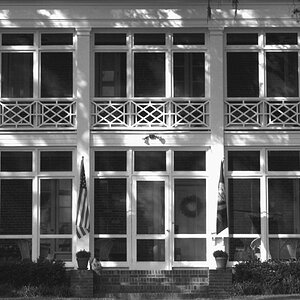
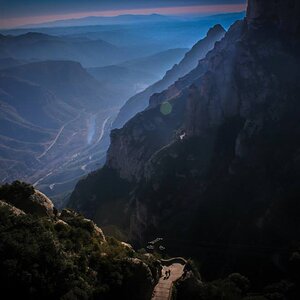
![[No title]](/data/xfmg/thumbnail/32/32634-5acd0e44e1d927b93e8723d9184555d9.jpg?1619735554)
![[No title]](/data/xfmg/thumbnail/35/35946-771bfce9b2727c9126587d96c471da80.jpg?1619737254)
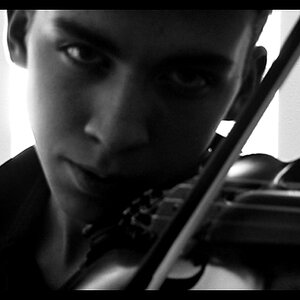
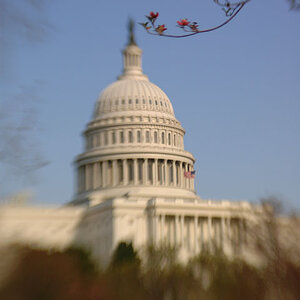
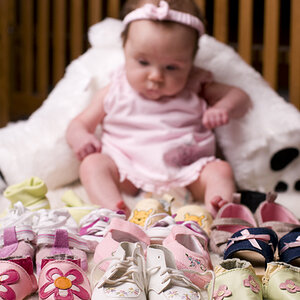
![[No title]](/data/xfmg/thumbnail/33/33495-c9bffdaa44506a6169a2faff5c7e086e.jpg?1619736004)